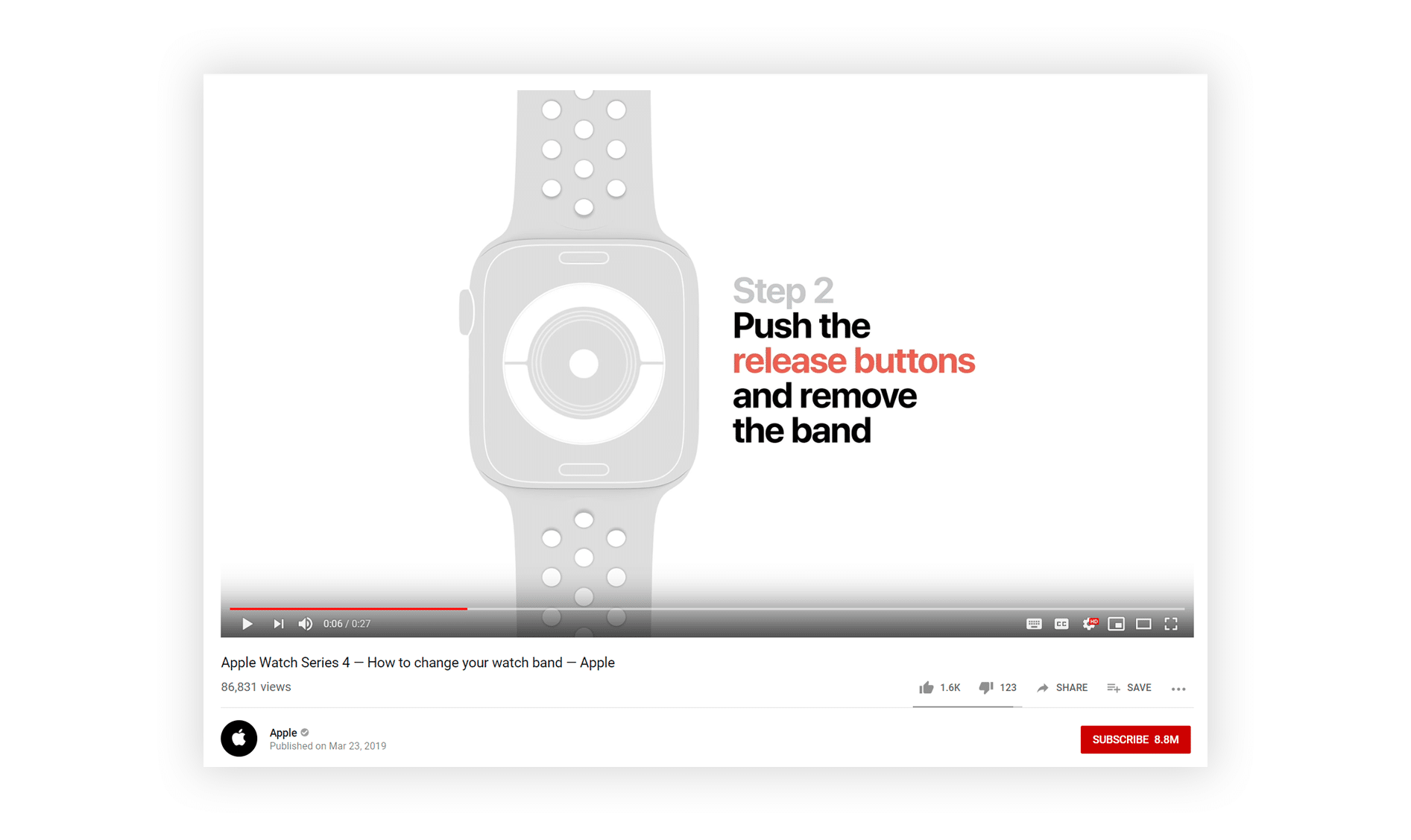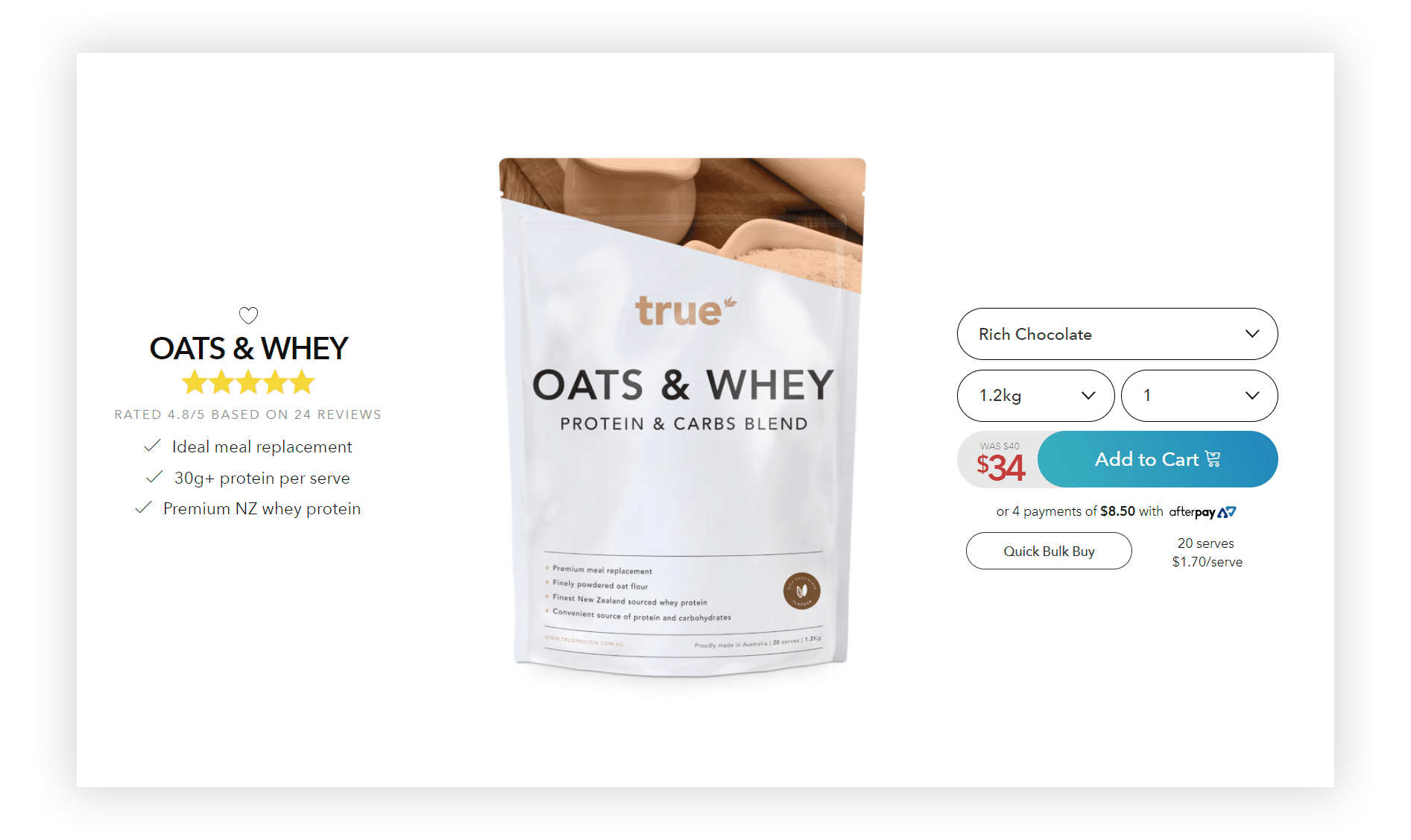Ecommerce content marketing is often neglected. Questions about its importance come up frequently, and for good reason. It can take months of hard work and testing to find a content strategy that works.
If you’re interested in content marketing, how exactly should you execute on that strategy?
What is Ecommerce Content Marketing Used For?
Content can be properly used to satisfy a number of ecommerce goals:
- SEO
- Social Ammunition
- Authority & Trust
- Education
As we see it, these are the four main driving forces behind successful content for ecommerce.
SEO
SEO is an important factor in any online business. Content marketing is one of the most effective ways of increasing your SEO score. It has the obvious benefit of increasing the number of keywords on your site, and provides an opportunity for others to link to articles on your site.
One benefit that’s often overlooked is the competitive advantage this gives you over Amazon. While Amazon does rank very high for typical product searches, they don’t have much content that will prove helpful to a confused shopper (more on that later). You can fill in this gap and attract some of this highly valuable traffic to your own site.
Social Ammunition
If you don’t have anything unique to say, you won’t have a very effective social strategy. If you want a social following, your brand should have a personality beyond just posting images of your products or advertisements.
Authority & Trust
How often do you buy from websites that you don’t know? Most people will interact with a brand more than 5 times before making a purchase. During this time, they’re growing more comfortable with that brand. Regularly producing helpful and accurate content that gets shared will help you to be viewed as an authority to your shoppers. This helps to build trust from the consumer that will make them feel comfortable buying from you in the future.
Education
Providing true value for your shoppers is very important. Most industries create unique problems for their customers, and you may be uniquely positioned to help them.
Chapter 1: Why Ecommerce Content Marketing is Important
Content marketing alone isn’t going to drive sales, but it is an important component. As shown above, it can be used to bolster your SEO, your social channels, and help educate and build trust with your core audience.
All of these minor components coalesce into a marketing machine that is greater than the sum of its parts. The SEO value alone probably wouldn’t be worth the effort, and the ammunition it gives you for social sharing probably won’t move the needle very much, but all of the combined components will bring true value to your business.
More than 80% of B2C shoppers have said that they feel more positive about a company after reading their content. According to Neil Patel, a content marketing expert, sites that use content marketing convert visitors at a rate nearly 600% higher than sites that don’t. It’s clearly important to shoppers, but how do you get started?
Where to Promote your Ecommerce Content Marketing
Before you start writing content for ecommerce, you need to think about how you’re going to get it in front of people. Why? Because knowing how you’ll reach people will also help you to understand what you should be talking about.
If you plan to put your content out on Facebook or Twitter, you can look to see what your competitors are doing. What’s working? What’s not working? What topics are stale? What holes are open that you can fill? And most importantly, what questions are people asking?
If you were to start writing without answering these questions first, you’d be making a big mistake. The questions you assume people are asking may not be important to them at all.
So where should you look?
Google is the first place people go to ask questions. Whether they want to know the definition of a word, or how to replace the motor in their car, they go to Google. That means that people are going to be asking questions about your industry there as well.
You can gleen a little bit from Google’s autocomplete suggestions if you’re creative. For example, a fashion retailer could start by typing the words “fashion how to”. The following autocomplete suggestions are the most common “how to” questions people are asking with regard to fashion.
This one beginner strategy should give you enough content ideas to provide a few weeks of work. Google’s AdWords keyword planner tool will allow you to dig a bit deeper if you want to find additional topics and keywords to target.
Social Media
No doubt, as you promote your business, you’ve become aware of the fact that social media is one of the most effective ways to reach new audiences. But if social media platforms like Twitter and Facebook were 100% ads for products, who would bother visiting those sites?
With that in mind, it’s important to realize that social media is a place for conversations. Conversations about your industry are constantly happening. Following industry leaders will allow you to keep your finger on the pulse and discover new and important topics of discussion. Searching Twitter for relevant hashtags will allow you to browse through commentary from your target market, and from competitors.

Here, you’re likely to find very interesting questions and concerns from people. As a brand, you will want to participate in those conversations by asking questions and provide meaningful answers.
Competitor Blogs
While you obviously shouldn’t plagiarize content from competitors, you can get inspiration from them. Somewhat ironically, Steve Jobs is often attributed the quote “good artists copy, great artists steal”. What he was saying was that taking ideas and inspiration from others is only a good thing if you improve upon their work.
So by all means, notice good ideas that competing blogs have, and then use them to inspire your own, better work. If you’re just getting started with content for ecommerce, you won’t know what will resonate with your audience, but you can look at social engagement on these other blogs for clues.
Other Outlets for Ecommerce Content Marketing
Outside of social media, there are many other places where conversions about your industry are happening. Forums are a great place to hear what people have to say.
Reddit is essentially the world’s largest online discussion forum, and people there are brutally honest, which is exactly what you want.
There are also places like Quora and Yahoo Answers which are designed specifically to allow people to ask questions on any subject.
You can also look to retail sites like Amazon and Walmart and read reviews of products similar to those that you sell to find out what people really do and do not want. This can help you develop, not only great blog content, but better products.
Chapter 2: Where Should You Publish Content for Ecommerce, and What Should You Say?
Every industry is unique. The places you publish content and the format it’s published in are very important, especially if you have limited resources. While some industries would be very receptive to video, others might prefer blogs posts. Still other consumers might get most of their information from social media, while others will spend hours every week on forums.
- Email (newsletters, welcome emails, etc.)
- Social Media (Twitter, LinkedIn, Facebook, Snapchat, Instagram)
- Video (YouTube, Vimeo)
- Forums (Industry forums, Reddit, Quora, Yahoo! Answers)
- Your Blog
In your initial market research, you’ll probably discover where the best conversations are taking place.
Next, you need to decide what type of content to focus on, and there are a lot of formats to choose from.
In-depth Guides
Guides are difficult to produce, but drive large volumes of highly targeted traffic. We have published multiple guides ourselves (such as our merchandising guide), and can say that they consistently outperform our shorter content pieces. New customers often remark that they heard about us through the guides, and we also use them to nurture leads from other sources. Your sales and marketing cycle probably doesn’t look like ours, but one of our customers is an excellent example of how to use guides in B2C online retail.
| Example: Victorian Plumbing

Victorian Plumbing sells everything you need to piece together an entire bathroom. This is a task that’s overwhelming to most homeowners, so they’ve produced numerous guides that walk you through all the things you’ll need for your project. Not only does this attract leads through social media, and organic traffic, but it also helps individuals browsing the site to understand what they need, and to add parts to their cart with confidence.
Tutorials
Whether or not you wear makeup, you’re familiar with the industry. Thousands of women earn 6-figure incomes doing little more than talking to their audience about cosmetics products, and teaching methods and styles of using those products.
| Example: CoverGirl

While the majority of makeup tutorial traffic is going to independent creators on YouTube, brands like CoverGirl are also driving massive amounts of traffic by bringing on celebrities like Ayesha Curry and Katy Perry to help them produce their own tutorials.
Answer Common Questions
| Example: Clean Water Store

Clean Water Store provides systems that allow people with less-than-perfect water supply to get clean water in their homes and businesses. These solutions are varied and complex, leading to numerous questions from consumers and businesses about how they should get started. Rather than hoping that prospective buyers will find them, Clean Water Store hosts pages and pages of answers to common questions in the form of blog posts. Of course, this doesn’t just help people who are already on their site, these articles are a huge help from an SEO perspective. They also host a podcast that walks people through common water problems. These efforts provide them with an endless supply of organic traffic.
Tips & Tricks
| Example 1: Apple

Of all the companies in the world, Apple is not one that you’d probably think of when it comes to content for ecommerce. After all, doesn’t the Apple Logo sell the product all by itself? In reality, they put a lot of effort into their content. From their keynotes which rack up 10s of millions of views every year, (and have broken streaming viewership records), to their YouTube channel, they publish popular and helpful content frequently. While most of the videos on their YouTube channel are little more than commercials, many contain helpful tips about how to use their products.
| Example 2: Beckett & Robb

This men’s apparel brand cleverly uses ecommerce content marketing to help men understand various aspects of style. In one example, they explain how to wear a suit jacket as a blazer (it’s more complicated than you might think.)
| Example 3: 3×1 Denim

3×1 publishes beautiful LookBooks which work like a tips & tricks section, providing inspiration to their shoppers that can guide them down the path to purchase.
Influencer Collaboration
| Example: 3×1 Denim

The fashion and apparel industry are full of charismatic individuals. They’re not just selling their clothing line, they’re selling their personality and lifestyle. This creates an interesting opportunity for 3×1 Denim, who frequently interview influential designers to understand their approach to life and fashion.
Reviews
| Example: True Protein

Of course, one of the most important types of content you can have on your site is generated for you by your customers. There are many great examples of how this can be done. On TrueProtein.com, review data is featured just below product images on category pages and search results. Reviews and Q&A are split up into multiple tabs to make it easy for shoppers to find the type of user-generated content they need.
Chapter 3: The Basics of Content for Ecommerce
Content Quality
Now that you have a few ideas about what kind of content to produce, how do you go about producing it? It’s important to know that half-hearted regurgitations of other articles are not going to find much success. Depending on your industry, you may be competing with hundreds or even thousands of similar blogs. Your topics may well be inspired by articles from those competitors, but yours need to offer something unique.
Why should people choose to read your article instead of one from a competitor?
Simply put, your ecommerce content marketing needs to be of exceptional quality, or provide a unique perspective in order to get traction.
Quality is a huge factor, because it contributes so much to how your content is found. We’ll discuss more on this topic in later chapters, but objectively good content gets more traction on Google and social media platforms.
Common Mistakes
You may put a day or two into a piece of content, but it could bring traffic to your site for several years. However, making one or two small mistakes can hurt the longevity, findability, or readability of that article.
Unlike an ad campaign, a blog post may take several weeks (or even months) before it starts to get traction. Making even a minor mistake might mean that your time has been completely wasted.
Even huge retailers have made the following mistakes:
- Placing advertisements in articles
When we say “advertisements” we’re not only referring to an Adwords placement. In most cases, you should not even talk about your products in your blog posts. The sole focus should be to provide value to the reader.
- Talking about yourself (or your brand)
All writers on your blog should be aware that the reader does NOT care about them. Seriously. You’re not a celebrity, so unless the reader is an investor or a friend, they have absolutely no interest in learning about your company’s accomplishments, or about you as an individual. They found your blog post because they have a question, and believe you have the answer. That’s it.
- Boring formatting
Formatting may seem boring in and of itself, but if you don’t make your article skimmable and interesting, people will leave. Include plenty of images, lists, and bullets. Avoid run-on sentences, and long paragraphs. Keep your language simple. Never use 10 words when you can get by with five.
- Trying to sound smart
The purpose of your blog is to educate readers, so this may seem somewhat ironic, but many new bloggers tend to make language and style choices that they wouldn’t use when talking to friends or colleagues. Don’t do that. Adding unnecessary flair by using big words or complex expressions are great ways to alienate your readers. Why should they waste time trying to understand you?
- Using fluff
Lose the boring exposition and get to the point. Seriously. If you really know what you’re talking about, and have something important to say, you shouldn’t need a whole paragraph just to introduce the topic. Avoid starting your blog posts with the phrase “when it comes to subject at hand”, or stating well-known industry statistics.
For example, if you’re writing an article about how to style your hair, don’t start with “like it or not, people do judge a book by it’s cover”. Or “the average woman spends _ hours each week on her hair.”
Yuck!
Not only is this useless information, it’s also a cliché that will have your reader gagging. These are hard habits to break for many writers, so keep an eye out for it.




